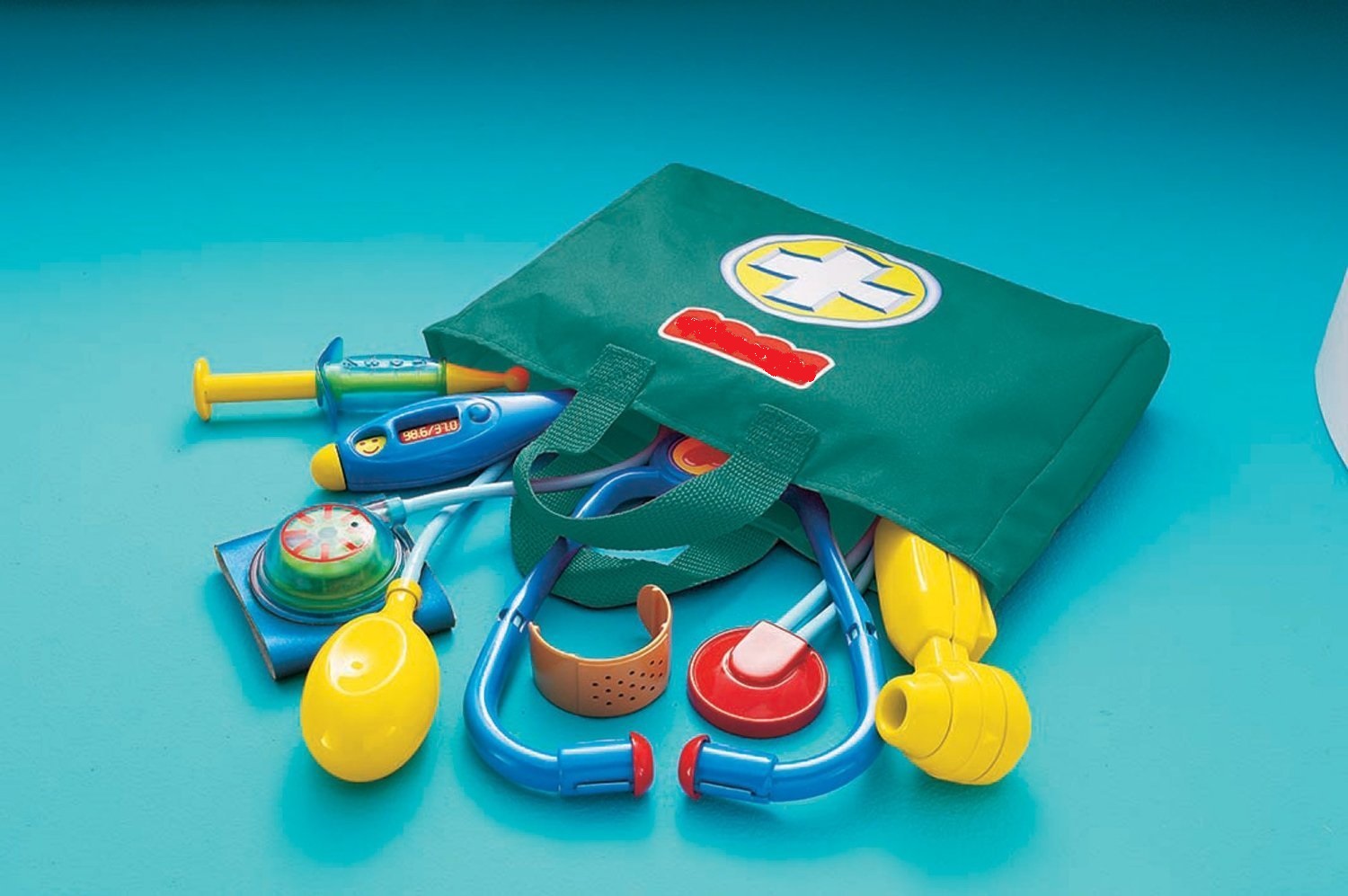I came across this tweet the other day –
It appears to be written by a mother who is promoting a medical device that clips onto an iphone thereby converting it into a digital otoscope. An otoscope is a device that a pediatrician uses to look at a patient’s ear drum, most commonly to diagnose middle ear infections in children.
This device, as it turns out, is actually quite impressive: once positioned properly in the patient’s ear canal, a picture is acquired and displayed, in great detail, on the iphone’s screen. This has marvelous applications for telemedicine, patient education, and healthcare professional training. It can also add a powerful layer of accountability to patient care; appending a digital image of an infected eardrum to a patient’s record is far superior to a small written description of what the pediatrician recalls having seen.
My excitement was quickly tempered by what I quickly came to learn: this product is being aggressively marketed to parents. Consider this screen capture from their website splash page:

Parents are being encouraged, not only to use this device to examine their own children, but also to recruit their pediatricians to use this technology for the purposes of 1) obtaining an antibiotic prescription and 2) avoiding a visit to the doctor. Pediatricians who use this product are encouraged to join a network of doctors using this technology, aka to be “part of the club”. There’s even a “nominate my pediatrician” link for parents to click on. Interestingly, this item is currently sold out to parents, but if your pediatrician is a registered member of the club, parents can bypass the ‘sold out’ situation and buy it via a back-door opportunity. All they have to do is get their doctor in the club.
I have a number of problems with this product and how it is being sold:
1. Parents should be parents, not doctors.
As a parent and a pediatrician, I have a particularly strong appreciation for this notion. When my children are sick I leave their diagnosis and treatment decisions to our pediatrician. Love and emotions have a powerful impact on one’s objectivity and judgement and I (like all doctors) am no exception. All doctors must recognize that we are not able to make impartial and objective medical decisions for our children despite our many years of education. Furthermore, it takes years of training and examination of thousands of ears to develop competence in otoscopy. So if I, a pediatrician father, cannot impartially assess my own children, then how can an untrained parent possibly assess theirs. In my opinion, asking a parent to use a complex medical device to examine her own child is unethical and should be illegal.
2. This is unethical marketing
This is a shady mixed bag of direct-to-patient marketing of equipment that patients/parents shouldn’t be using along with indirect coersion of MD’s to specifically use their medical device/technology – the message to parents as I read it is: ‘if your doctor doesn’t join our club, then you can’t buy our product’. This is not good medicine.
3. Otoscopy is not risk free
As you can see in the image to the right, the speculum (component that gets inserted into the ear canal) is rather pointy and, if not inserted properly into the ear, can damage the ear canal or even rupture the eardrum.
An important part of otoscopy training is learning how to use the otoscope safely thereby avoiding injuries. Presumably this training is not offered to parents along with the otoscopy device they purchase for $79.
4. Ear infections are not that easy to diagnose and treat
Until evidence demonstrates otherwise, diagnosis and management of conditions like ear infections is best done face-to-face with a conventional visit to the doctor. There’s far more that goes into the diagnosis of an ear infection than looking at an ear drum: onset of symptoms, presence/absence of fever, history of prior infections, history of prior antibiotic use, examination of other organ systems, discussion about findings, and negotiating/implementing a management plan. This would be extremely hard to do properly over the phone and virtually impossible over email, text, Twitter, or Facebook. Social Media has not gotten to the point where proper mainstream patient assessments can be done competently online. For a better sense of the variables that must be considered when assessing a child for an ear infection, consider having a look at the American Academy of Pediatrics’ guidelines for treatment and managing ear infections. It will become clear quite quickly that diagnosing middle ear infections is way more complex than simply visualizing a red bulging eardrum.
I wish to reiterate that parents should never feel pressure to act as physicians for their children; the risk is high and the benefits are trivial. As physicians, it’s important to provide excellent and state-of-the-art care to our patients. Though technologically impressive and logistically tempting, diagnosis and treatment of ear infections by email is neither state-of-the-art nor good medicine. Maybe one day it will, but not in 2015


